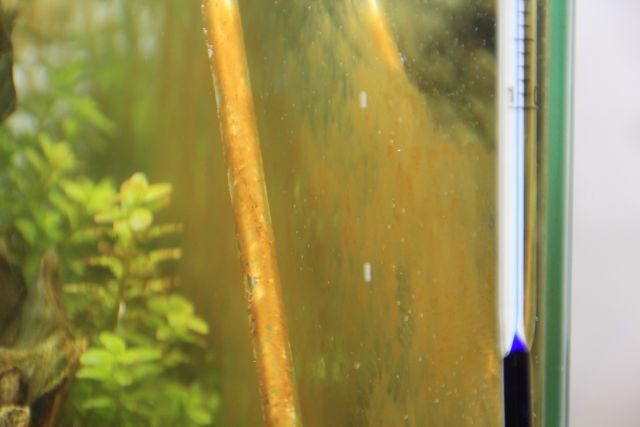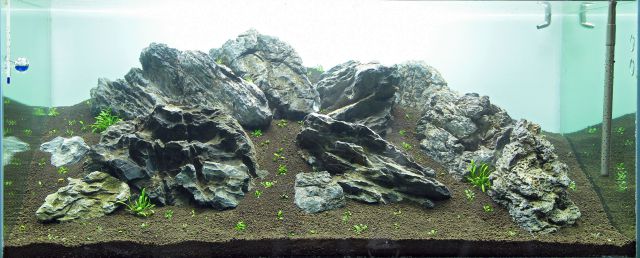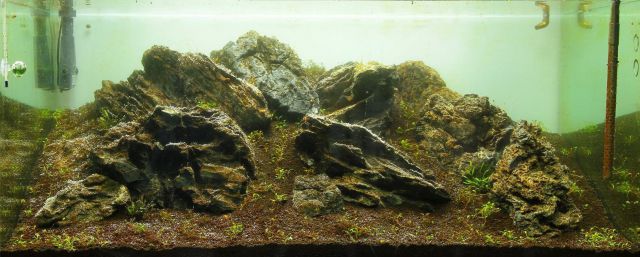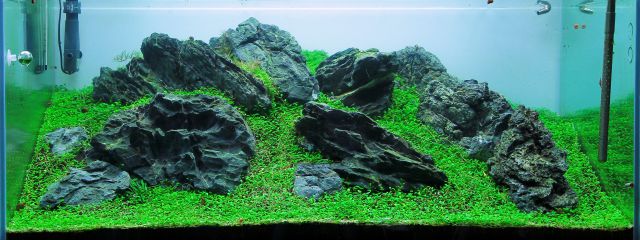In order to get answers to basic questions all around algae in the aquarium, we recommend you read this article first.
Diatoms form brown algae layers that classically appear in a newly set-up tank after about one to three weeks. These algae coat every surface in the tank, like the substrate, technical equipment, plant leaves and the decoration. They can form very stubborn brown coats on the glass of low-light tanks. Diatoms are also called Bacillariophyta. The class contains many genera and species. Aquarium keepers often call them "brown algae" due to their color. This term is not quite correct though, as true brown algae (Phaeophyceae) are another group, which, with a few exceptions, does not occur in fresh water.

Common causes
The appearance of diatoms during the cycling phase of a tank is absolutely normal, and you need not take any countermeasures. As a rule, the diatoms are crowded out by green algae a few weeks later in the life of your new tank, and they will not reappear.
Diatoms need silicate to grow, more exactly, silicon dioxide, since they construct their box-like cell walls from this substance. If you use tap water with high levels of silicate in your tank, diatoms have sufficient material to reproduce in a new tank. A lack of competitors like other algae and microorganisms will boost their reproduction rate.

A recently set-up tank.

Typical diatom formation during the cycling phase.
Control
As we have mentioned above, diatoms that have formed during the cycling phase of the tank will be outcrowded by other algae species bit by bit, especially by green algae. To keep their growth in check you can easily remove the brown layers, for example by siphoning them off with a hose. Many algae eaters just love to eat diatoms, too, amongst them all algae-eating snails and shrimp, as well as the different species of suckermouth plecs.
If you have a permanent diatom problem in your tank despite a sufficient number of algivores, you ought to check the silicate reading of your aquarium water with a water test. If it is too high there are several possibilities of lowering it and of thus taking away the main source of reproduction of the diatoms. You could use a reverse osmosis system to create water that only contains traces of silicates, or alternatively use special filter media that lower the silicate content in the aquarium water directly. Please keep in mind that these products will also significantly reduce the phosphate content of the water, which can have a negative effect on the plants.

The same aquarium after cycling.